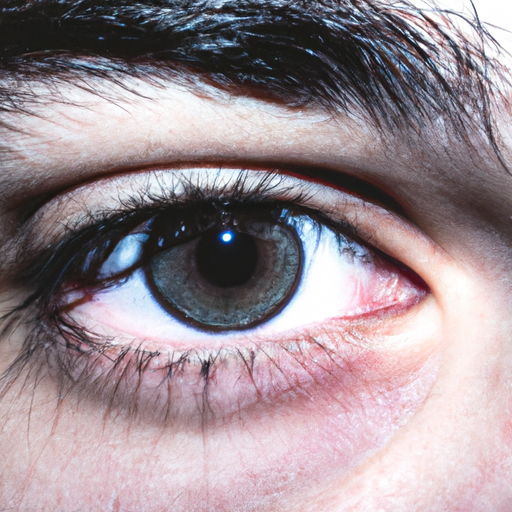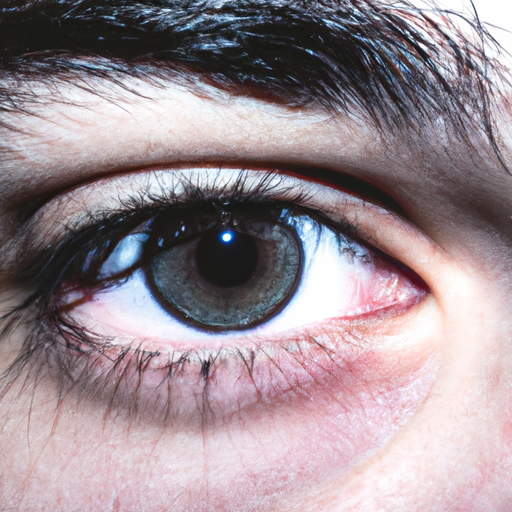As an expert in the field of skincare and anti-aging products, I am often asked about the veracity of the claims made by various anti-aging products. One such product that has gained significant popularity in recent years is the anti-aging eye cream. The eye area is often the first to show signs of aging, with fine lines, wrinkles, and dark circles becoming more prominent as we age. So, is there really a magic potion that can turn back the clock and restore youthful vitality to our eyes? Let’s unveil the truth behind the fountain of youth – the magic of anti-aging eye creams.
Firstly, it’s important to understand why the skin around our eyes ages faster than other parts of our face. The skin in this area is thinner and more delicate, making it more susceptible to damage from environmental factors like sun exposure and pollution. Additionally, the constant movement of the eyes – blinking, squinting, smiling – also contributes to the formation of fine lines and wrinkles.
Anti-aging eye creams are specially formulated to combat these issues. They are typically richer and thicker than regular facial moisturizers, providing intense hydration to this delicate area. Many anti-aging eye creams contain active ingredients like retinol, peptides, hyaluronic acid, and vitamins C and E, which are known for their powerful anti-aging properties.
Retinol is a form of vitamin A that promotes skin renewal and enhances collagen production, reducing the appearance of fine lines and wrinkles. Peptides are small proteins that help stimulate collagen production, improving skin elasticity and firmness. Hyaluronic acid is a powerful humectant that can hold up to 1000 times its weight in water, providing intense hydration and plumping up the skin. Vitamins C and E are potent antioxidants that protect the skin from damaging free radicals and promote a brighter, more even skin tone.
However, while these ingredients are indeed effective in combating signs of aging, it’s important to remember that they are not magic potions. Anti-aging eye creams can help reduce the appearance of fine lines, wrinkles, and dark circles, but they cannot completely erase them. Consistent use over time is key to seeing results, as is maintaining a healthy lifestyle and good skincare habits.
Moreover, not all anti-aging eye creams are created equal. The effectiveness of these products largely depends on the concentration of active ingredients and the formulation. It’s crucial to choose a product that is well-formulated and suitable for your skin type. It’s also recommended to apply these creams correctly – gently patting the product into the skin rather than rubbing it in can help prevent further damage to this delicate area.
In conclusion, anti-aging eye creams can indeed be a valuable addition to your skincare routine if you’re looking to combat signs of aging around the eyes. They provide targeted treatment to this delicate area, helping to reduce the appearance of fine lines, wrinkles, and dark circles. However, they are not a magic potion that can completely erase these signs of aging. Consistent use, combined with a healthy lifestyle and good skincare habits, is key to achieving and maintaining youthful-looking eyes.
So, while we may not have found the mythical fountain of youth, the science behind anti-aging eye creams is certainly compelling. With the right product and consistent use, you can certainly keep those pesky signs of aging at bay and maintain a youthful and vibrant look.




